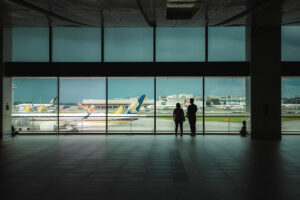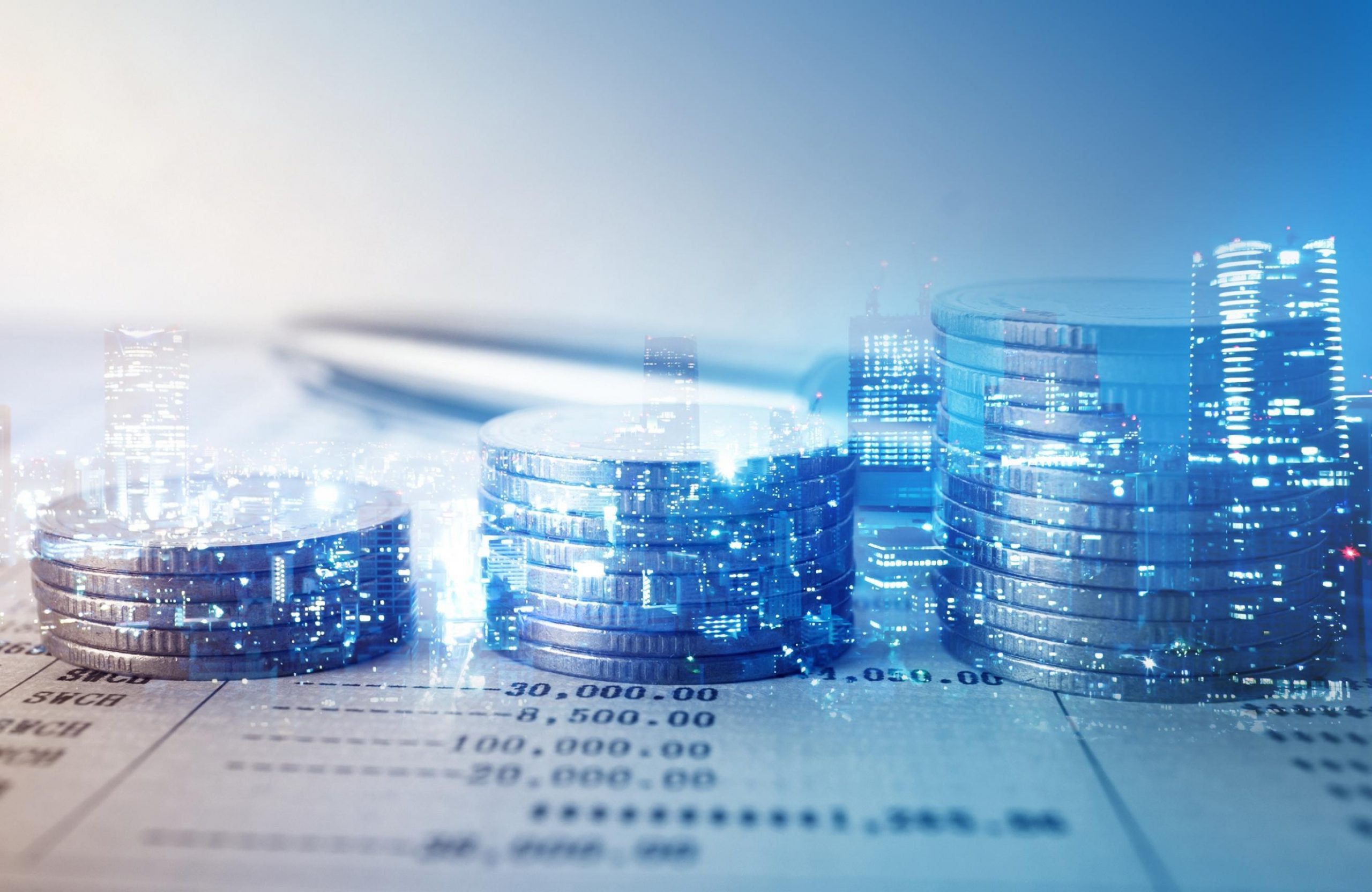Sustainable aviation is a pie in the sky

ONE of the first major industries to start selling climate-conscious products to its consumers may be one of the last to actually decarbonize.
Airlines have been offering customers dubious carbon offsets on their booking sites since at least 2005. This summer holiday season, many of the same carriers have been replete with boasts that they’ll use revolutionary sustainable fuels to go green. As a growing number of bans, consumer complaints, and lawsuits over the past year have demonstrated, those claims are bunk.
Despite what the aviation sector claims, it has no viable pathway to net-zero. The repeated assertions that it does are becoming unconscionable. The sooner companies, governments and passengers reckon with that fact, the sooner we can start work on the changes desperately needed to reduce the climate impact of flying.
It’s not hard to see why companies keep making such pronouncements. Their customers care about sustainability. One 2020 survey by aviation consultants OAG found that 56% would consider switching airlines if a more environmentally friendly option was available. A study last year found passengers were willing to pay up to €21 ($23) more to cut the carbon footprint of their flight.
Unfortunately, the technology just isn’t there unless you’re willing to pay a far higher price. Forget rechargeable batteries and hydrogen, which in a best-case scenario won’t be taking a noticeable bite out of aviation’s emissions this side of 2070. The path the airline industry is getting behind instead is sustainable aviation fuel, or SAF — made from crops or by combining green hydrogen with captured carbon dioxide, and capable of being burned in conventional jet engines. The potential of SAF is equally limited, though.
Even the cheaper, biofuel-based version would drastically raise the cost of tickets, but there’s not enough farmland on the planet to supply all the hydrocarbons that would require. Air traffic will triple over the next two decades, and the US already grows more crops for fuel production than for feeding its population. A more scalable hydrogen-plus-CO2 version, known as eSAF, would be yet more expensive. The cost of capturing CO2 straight from the atmosphere, known as direct air capture or DAC, is currently $600 to $1,000 a metric ton. The price of that key ingredient is unlikely to fall enough to make such fuel competitive with jet kerosene any time before 2050 — if ever.
The political economy of aviation makes this worse. The one place currently planning to impose SAF mandates is the European Union (EU), but that’s going to progressively make its carriers costlier than their main competitors — airlines in the oil-exporting US and Middle East that are less idealistic about getting off fossil fuels. As we saw during the COVID-19 pandemic, governments ultimately end up protecting their airlines, so it’s far more likely that Europe’s SAF rules get watered down than extended to the rest of the world.
A more viable pathway to decarbonization would jettison such byzantine complexities. Ultimately, it’s passengers who will end up paying the cost of getting airlines to zero, so let’s make those costs transparent.
The EU’s emissions trading scheme, which will start to affect flights within the continent from about 2026, needs to be applied to international routes too. The International Civil Aviation Organization (ICAO), the United Nations agency in charge of the sector, should then make those rules global. With a will, the votes should be there to mandate it: A majority of ICAO member states have either made net-zero pledges, or are small island countries at existential risk from climate change.
Purchase of carbon offsets should then be mandatory on each plane ticket, and benchmarked to the price of European carbon credits to prevent the sort of junk offsets that have plagued the sector for decades. That would add about €50 to the cost of a return flight from London to New York, rising to €150 if non-carbon dioxide impacts are included. Better still, price them to converge over time with the cost of DAC to help stimulate a technology the world desperately needs.
All these measures will be expensive and unpopular, so voluntary rules won’t be enough. Still, there are ways to sweeten the bitter medicine. It’s likely only the public sector will be prepared to take on the vast investment risks that would be involved in making DAC affordable, but state support would go a long way to bring down costs.
Governments can also use their expertise in weather forecasting, basic scientific research, and air-traffic control to tackle the problem of contrails, the cirrus-like clouds that aircraft leave in the air. Those formations trap solar energy and may have twice the warming effect of the carbon dioxide that airplanes emit. Minimizing their impact may be a relatively straightforward matter of improving our understanding of the cold, humid pockets of air where contrails form, and ensuring aircraft are routed to fly above or below them.
The vast technological and economic challenges of decarbonizing the airline industry make it an unenviable task, but companies should support such aggressive policies. If they think they’re unpopular now, imagine how they’ll feel in a 2050 when climate damage is even more severe, and they’re responsible for a fifth of our carbon emissions, compared to about 2% today.
The past two decades of voluntary carbon offsets and dubious green claims have been a phony war on aviation’s carbon footprint. The real fight is about to begin. If we want clear skies on the route to net-zero, we can’t delay takeoff any longer.
BLOOMBERG OPINION




